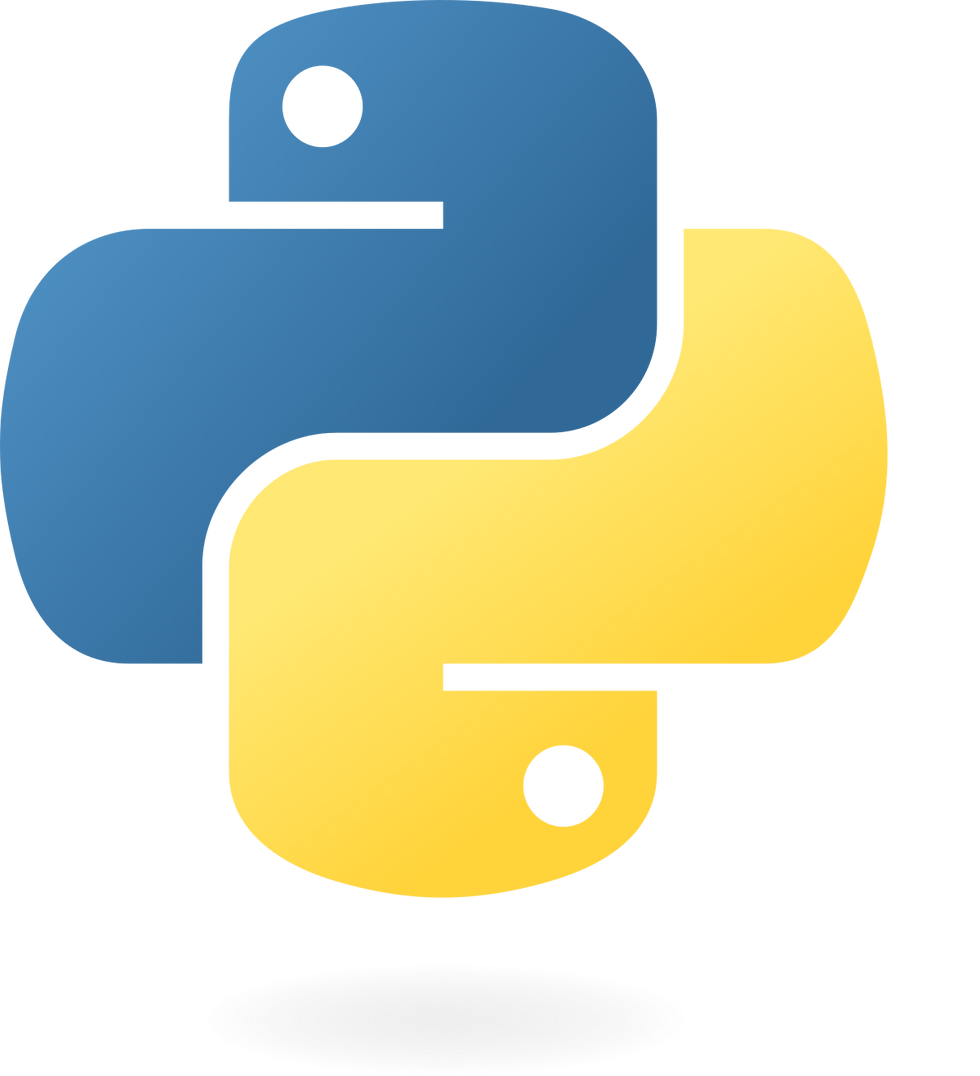Using Working Principles
- Rick Pollick

- Apr 7
- 4 min read

When managing products, teams, or projects, having clear working principles isn't just helpful—it's essential. These principles serve as anchors for leadership, collaboration, and execution. The goal in sharing them is to offer ideas that may resonate and prompt others to reflect on their own approach.
Why These Principles Were Created
Throughout a career spanning healthcare, scientific research, retail, and e-commerce, one consistent theme has emerged: alignment matters. Whether guiding a mobile health portal roadmap or navigating a cross-functional transformation, clarity reduces friction and accelerates progress.
Documenting principles creates a reference point for teams and stakeholders alike. It enhances communication, builds trust, and supports intentional decision-making. These aren't rules—they're strategic touchstones inspired by thought leaders such as Marty Cagan (author of Inspired) and Stephen Bungay, whose work on mission command emphasizes clarity of intent alongside flexibility in execution.
Transparency through principles fosters stronger collaboration. When teams understand the mindset behind decisions, they spend less time interpreting intent and more time delivering results.
Breaking Down the Working Principles
Outcome Over Optics
Effort should drive real value, not just look impressive. Prioritizing meaningful, measurable outcomes over vanity metrics ensures alignment with business goals. For example, choosing to improve error-handling logic in a diagnostic tool instead of delivering a flashy dashboard reduced patient risk and cut manual triage efforts.
The work draws inspiration from Teresa Torres and her book Continuous Discovery Habits, which champions outcomes over outputs. This approach supports deeper, more sustainable product impact.
Data-Informed, Systems Thinking
Data acts as a guide, but not the sole driver. Combining analytics with systems thinking allows teams to uncover root causes and anticipate downstream effects. A reporting suite was built using Azure DevOps to track backlog health across teams, which exposed friction between feature dev and QA. This led to actionable adjustments and smarter resource allocation.
Peter Senge’s The Fifth Discipline reinforces this approach, advocating for a holistic view of organizational dynamics.
Process as a Product
Processes function best when treated as living, evolving products. Agile transformations included defining backlogs for internal workflows, gathering user feedback (from internal teams), and releasing iterative improvements. One example involved redesigning Jira instances with standard templates and simplified intake flows, reducing onboarding time and improving visibility.
Mike Rother’s Toyota Kata supports this concept with a focus on continuous learning and adaptation.
Empowerment Through Structure
Structure should clarify, not constrain. Using tools like Confluence and OKRs, strategy can be linked directly to execution. A 30/60/90-day transformation plan was aligned with OKRs and delivery milestones in Jira, offering visibility into progress and enabling proactive contributions from newer team members.
Christina Wodtke’s Radical Focus illustrates how structure empowers autonomy when used to guide, not micromanage.
Flexible with Purpose
Being adaptable doesn’t mean being reactive. During the sunset of RxPertise and the ramp-up of a new solution, structured flexibility was essential. Feedback loops via Slack channels and biweekly triage meetings enabled course corrections without derailing broader priorities. Post-mortems were baked into the planning cycle to reinforce continuous learning.
David Marquet’s Turn the Ship Around! aligns with this principle by advocating for intent-based leadership, empowering teams to adapt within clear boundaries.
A Look at the Nike Principles

Nike has long been admired not just for its brand power, but also for the clarity and focus of its internal philosophy. One standout example is its list of 11 guiding principles, created during the company's early days under Bill Bowerman and Phil Knight. These principles were posted on the wall at Nike headquarters and served as a compass for decision-making and company culture.
Some highlights include:
Our business is change.
It won’t be pretty.
We are on offense. All the time.
Do the right thing.
If we do the right things, we’ll make money damn near automatic.
What makes the Nike principles so powerful is their unfiltered tone and urgency. They weren’t crafted for public relations—they were built to move teams forward, to empower bold choices, and to communicate a mindset of relentless momentum.
In many ways, these align with the principles outlined here. Nike's emphasis on offense and change mirrors "Flexible with Purpose" and "Outcome Over Optics." Their embrace of messiness speaks to the belief that real progress isn’t always tidy, a perspective reinforced in "Process as a Product."
Adopting principles like Nike's doesn’t mean replicating them word-for-word. Rather, it's about developing an internal code that reflects culture, values, and the realities of the business. When crafted with intent, these types of principles can galvanize teams, reinforce focus, and cut through ambiguity—especially in fast-paced or high-growth environments.
Why The Principles I've Come Up With May Be Useful
Each principle functions as a tool for managing complexity and enabling focus. Together, they:
Guide decision-making
Strengthen communication
Enable autonomy with clarity
Support resilience during change
Promote continuous improvement
They've supported agile and product teams in achieving alignment, enhancing delivery, and accelerating onboarding. New team members benefit from immediate insight into workflows and decision frameworks, helping build trust from the outset.
For further reading and deeper insight, explore:
Inspired by Marty Cagan
Continuous Discovery Habits by Teresa Torres
Toyota Kata by Mike Rother
Turn the Ship Around! by David Marquet
Anyone can benefit from drafting their own principles. Start by asking: What values guide how work is approached? What should others understand about communication style, decision-making, and adaptability? Consistency, especially in times of uncertainty, starts with a clear foundation.









